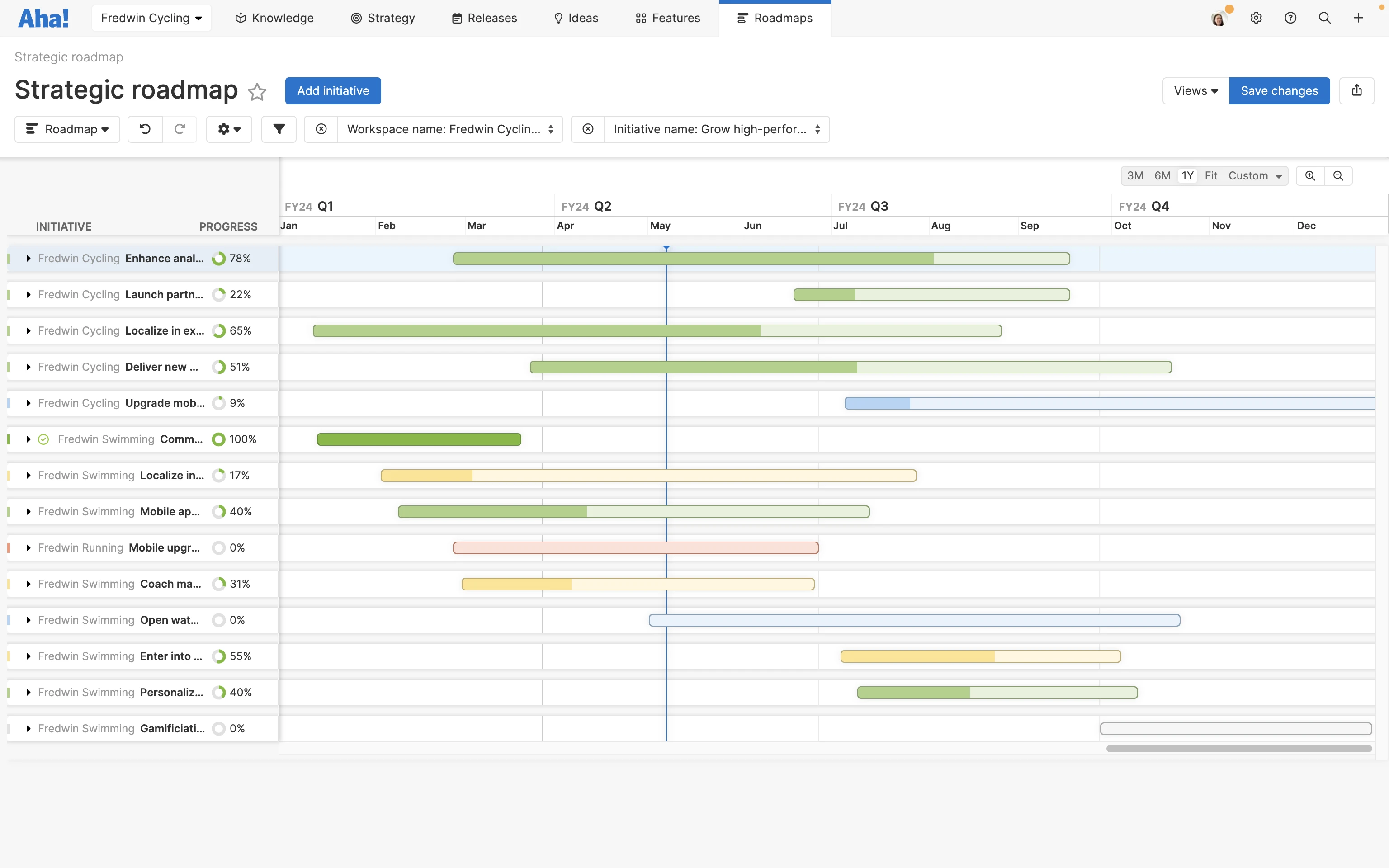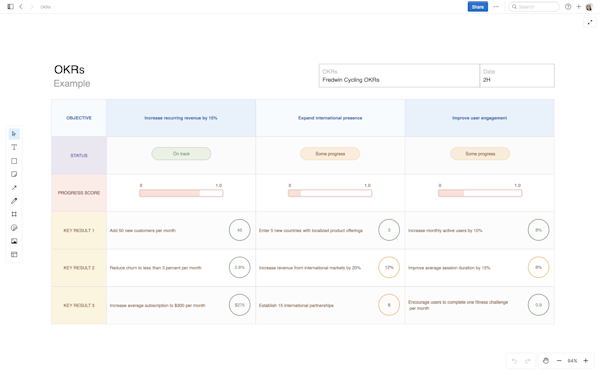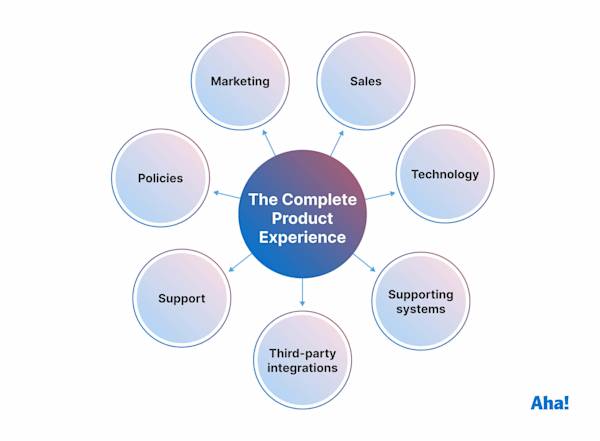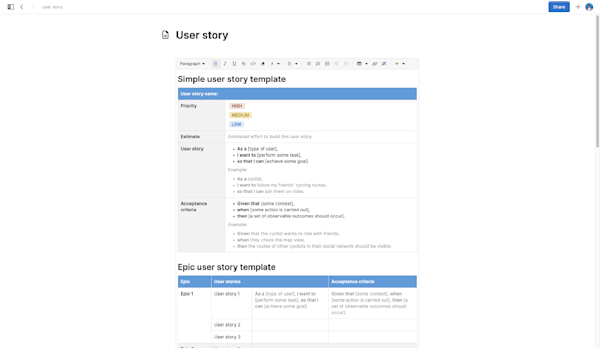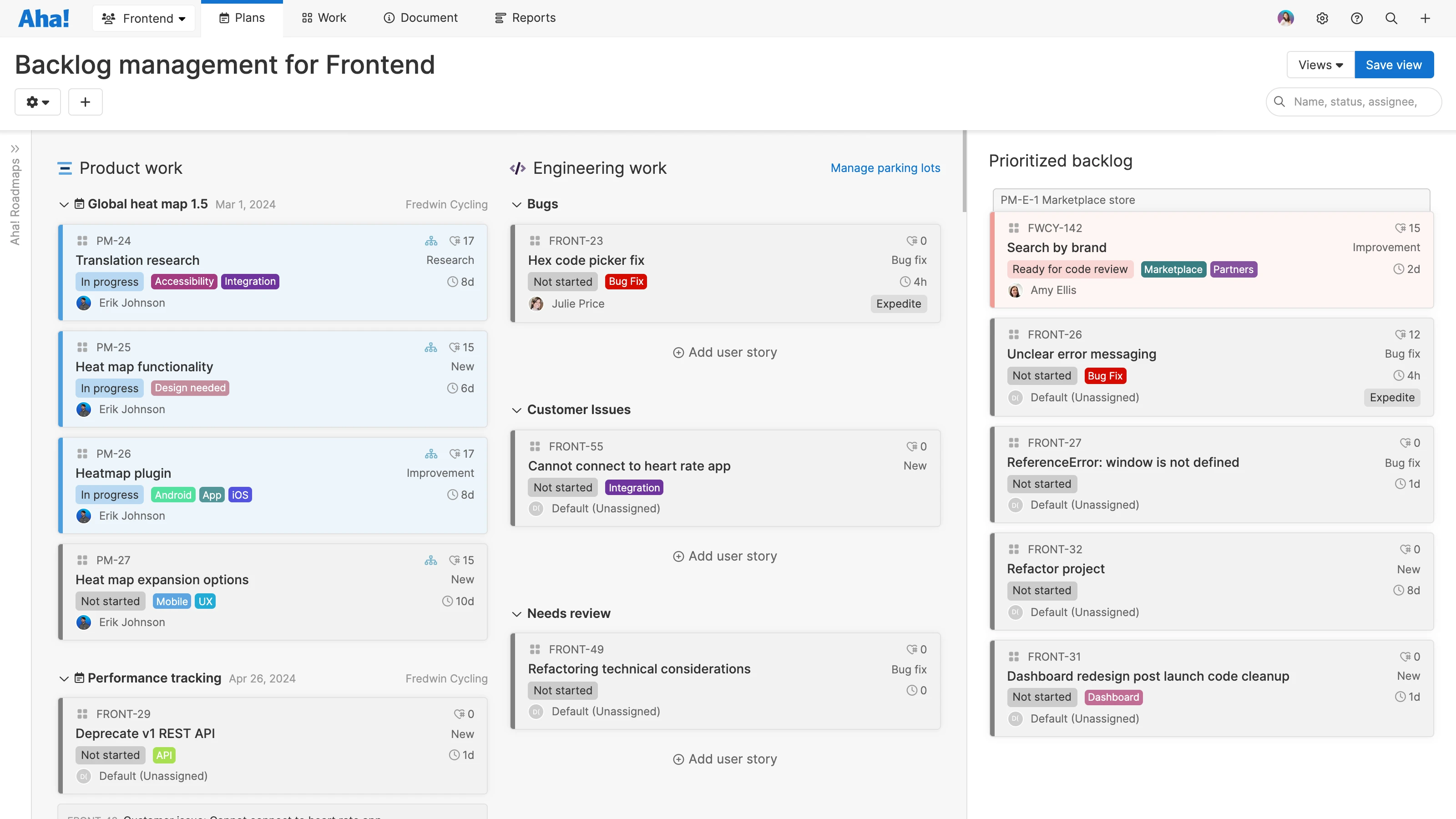How do product managers work with engineers?
Last updated: November 2024
Product managers lead the product. Engineers build it. The demarcation seems clear, but is it really that simple? If you are a product manager, then you know it never is. Both roles have nuanced expertise and strong opinions on how to make the product better. Responsibilities often blur. And miscommunication can lead to dysfunction. You might be tempted to meddle with the engineering team's technical direction, while some engineers may question your decisions about which features should be built next.
If this is happening on your team, then you need a clearer understanding of who owns which decisions and tasks at each stage of the product lifecycle. At a basic level, product managers should address the "why" (product strategy) and "what" (features) for the product. Engineers should focus on the "how" — the technical implementation of new or enhanced functionality. And together, you collaborate on the "when."
Bring product and engineering closer together — try Aha! software.
Some tension with engineering is inevitable, even healthy — if you are both engaged in delivering value to customers and respectful of each other's expertise. But minimizing friction wherever you can is wise. That makes it easier to achieve together.
Many product decisions are collaborative and require input from both sides. Each one is an opportunity to push each other to think more critically, explore new approaches to problem-solving, and come up with innovative solutions together. Does this sound like a better way forward? Then read on — the best practices in this guide will help you get started.
Skip ahead here:
5 tips for better collaboration between product managers and engineers
You can build a more harmonious partnership with engineering, even when tensions are high. This starts by deepening your understanding of how they work and emphasizing your shared goals.
Here are some guidelines for success:
1. Put strategy first
As the product manager, you set the product strategy — with a clear product vision, measurable goals, and well-defined initiatives. Shared goals are critical for alignment and give everyone a common direction to work toward. This also helps you prioritize features more objectively based on how well they support your strategy.
It is important to have regular conversations about strategic direction — including all of the customer needs and stakeholder feedback that has informed it. When engineering understands why they are building something and how it serves business and customer objectives, they can implement better solutions.
There is no better tool here than a strategic roadmap. This can help you visualize broader objectives on a timeline in a format your engineering team should be familiar with (assuming you share your product roadmap with them).
